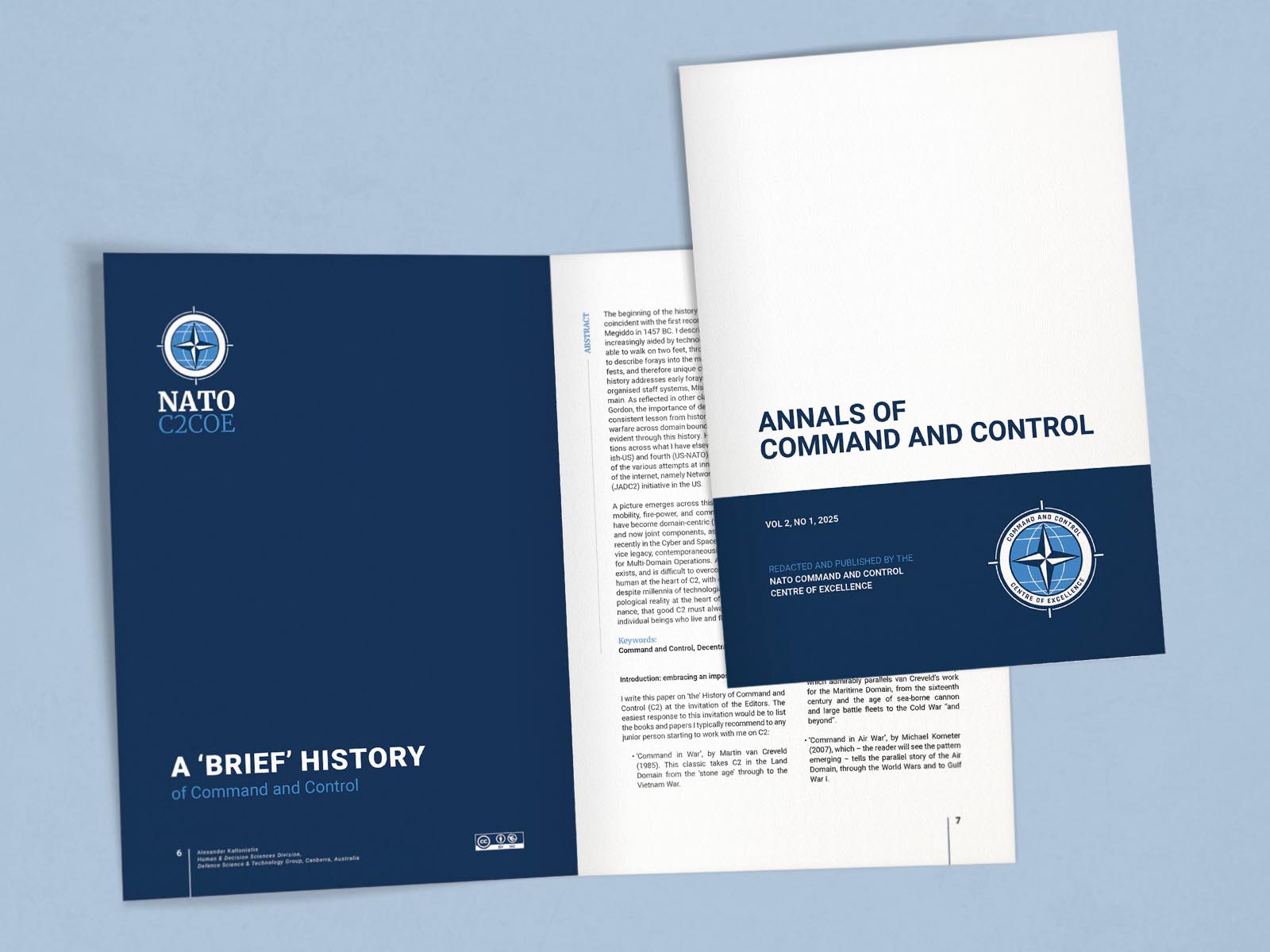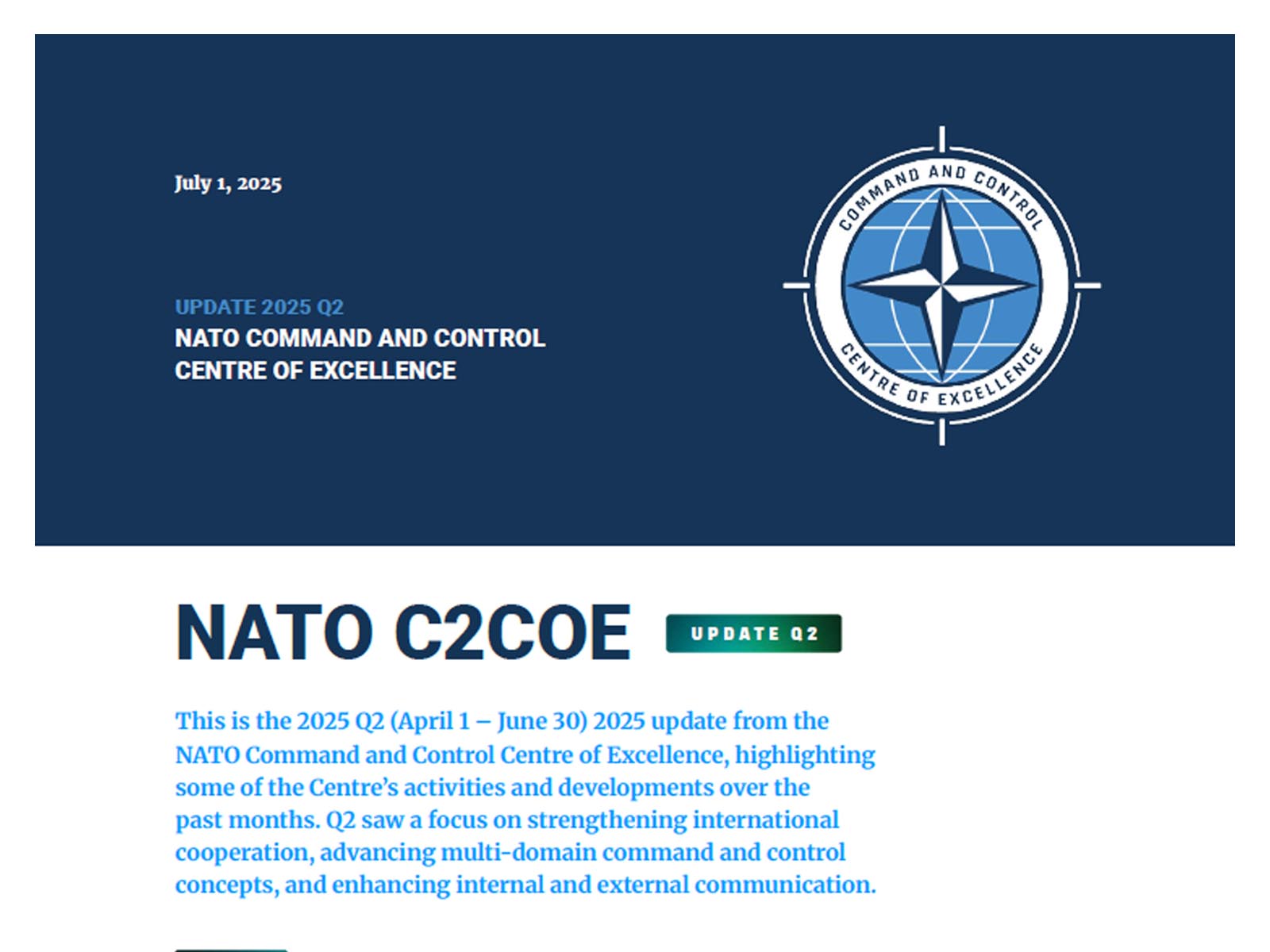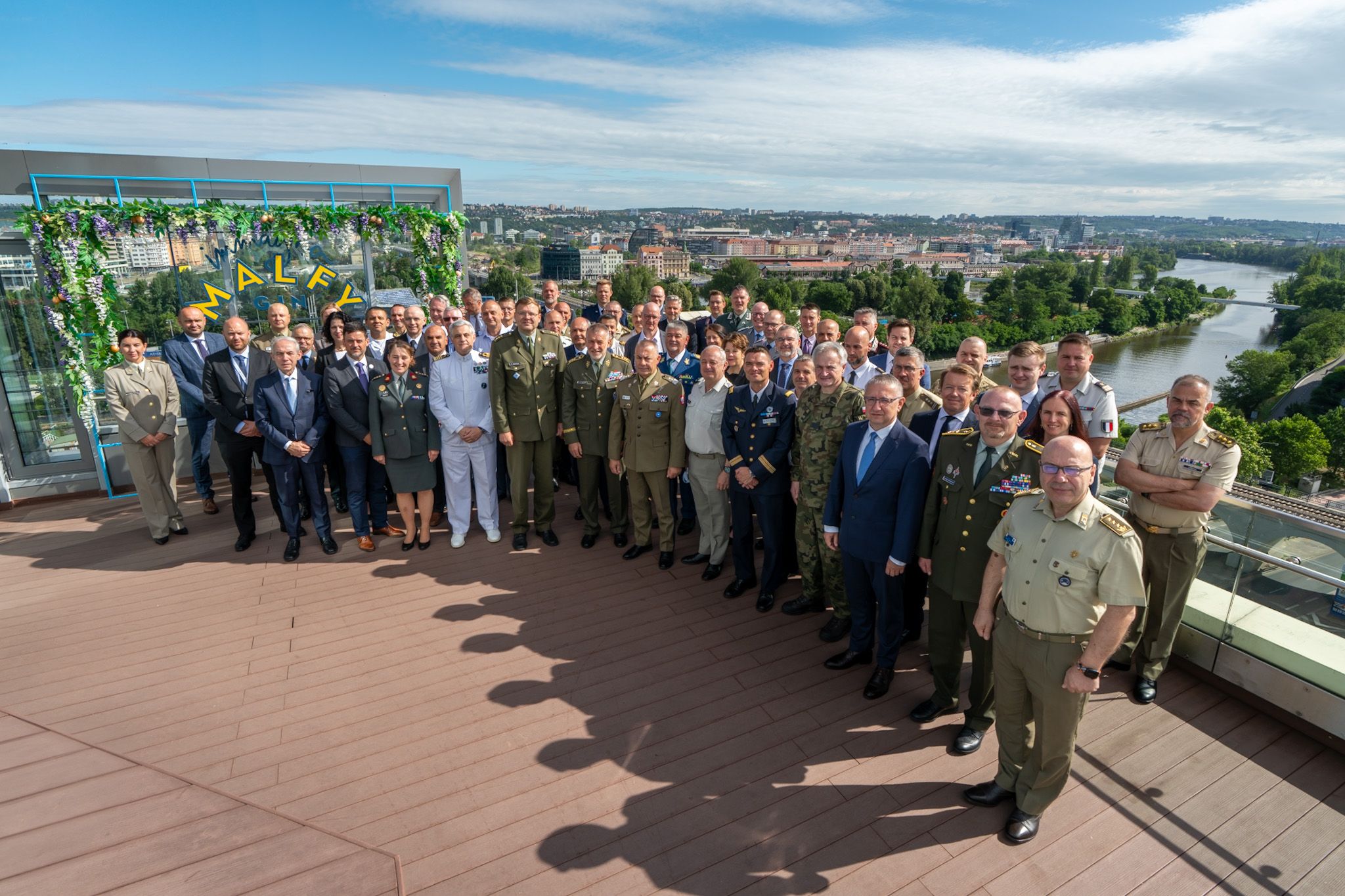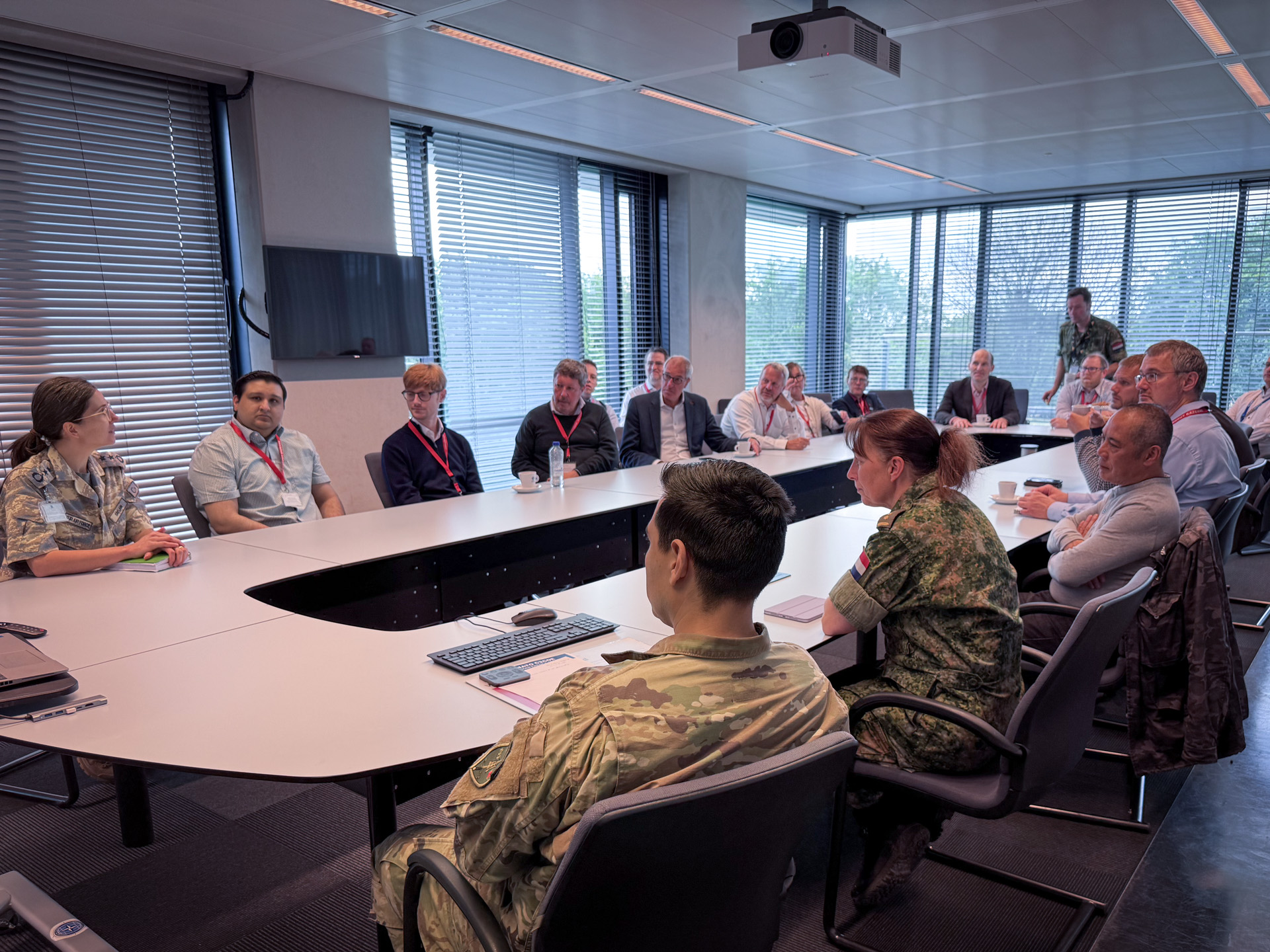The collaborative paper from the staff officers of the CCDCOE (Tallinn, Estonia) and C2COE (Utrecht, Netherlands) focuses on most effective ways in organizing national Cyber Commands. The analysis “Teaming up in Cyber Command: the Preparation Process” originated from a recognition that having adequate capacities to deal with threats in and through cyberspace is crucial for all governments. In our current ambiguous and complex environment both national and international interdependencies have to be taken into account.
The authors emphasise that contemporary societies will be more effective if there is better cooperation between industry, academia, civil society and the military within the cyber domain. Such cooperation needs to be based on trust which is established through credibility. National strategies should call for setting up and strengthening coordination and information-sharing mechanisms to enable the exchange of actionable intelligence and threat information between and amongst the public and private sectors.
Malicious incidents, including attacks, in and through cyberspace do not happen in a vacuum: they require funding, gathering information about the intended target and careful planning. According to Henrik Beckvard, researcher at the CCDCOE Strategy Branch “it is likely that indications about such activities will be detected, but this information is not worth much if it is not shared. Determining how to securely share classified and non-classified information between like-minded nations in a timely manner will prove a challenge, but the effort must be made.”
Collaboration in the cyber domain is a benefit for nations, and information sharing between public and private sectors is an important enabler. Federico Clemente, a former staff member of the C2COE Analysis & Concepts branch, stated that “when creating a system to manage cyber operations, nations should focus their attention on the design phase of the project management process. The design should make the system interoperable to cope with the requirement for collaboration between both sectors and countries.”
The authors of this paper are staff members at the NATO Cooperative Cyber Defence Centre of Excellence (CCDCOE) and the NATO Command and Control Centre of Excellence (C2COE). This publication is a product of the NATO CCDCOE and the NATO C2COE (the Centres). It does not necessarily reflect the policy or the opinion of the Centres, nor NATO.
NATO CCDCOE is a NATO-accredited cyber defence hub focusing on research, training and exercises. It represents a community of 28 nations providing a 360-degree look at cyber defence, with expertise in the areas of technology, strategy, operations and law. The Centre is staffed and financed by its 28 member nations: Austria, Belgium, Bulgaria, Croatia, Czechia , Denmark, Estonia, Finland, France, Germany, Greece, Hungary, Italy, Latvia, Lithuania, Montenegro, the Netherlands, Norway, Poland, Portugal, Romania, Slovakia, Slovenia, Spain, Sweden, Turkey, the United Kingdom and the United States. NATO-accredited centres of excellence are not part of the NATO Command Structure.
The Command and Control Centre of Excellence (NATO C2COE) was established in 2007 on the initiative of the Netherlands to create a group of Command and Control (C2) Subject Matter Experts supporting the transformation activities of Supreme Allied Commander Transformation (SACT) and of the Sponsoring Nations of the NATO C2COE. We support NATO, nations and international institutions/ organisations with subject matter expertise on Command & Control.
Source: https://ccdcoe.org/library/publications/teaming-up-in-cyber-command/
Click HERE to download and read the article.






